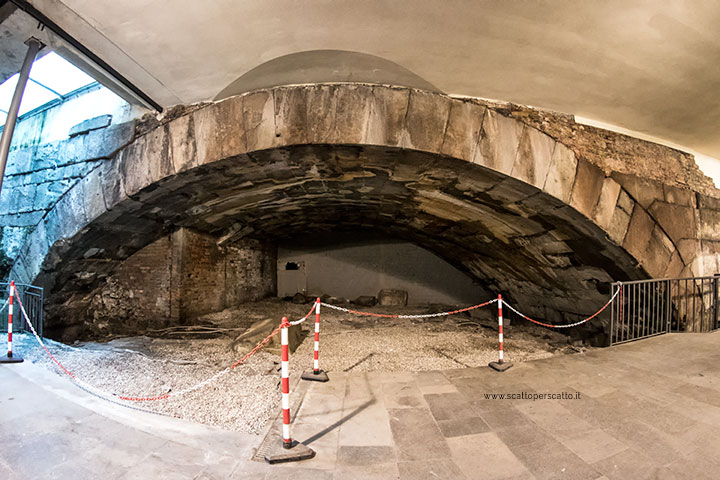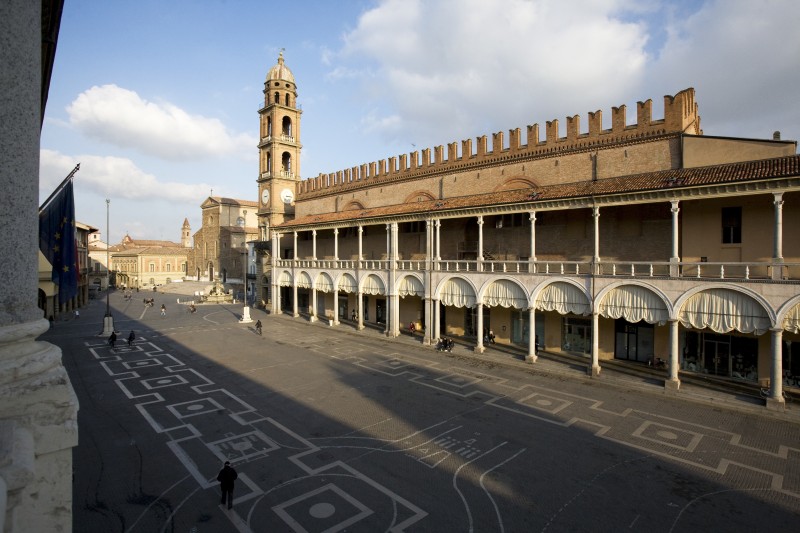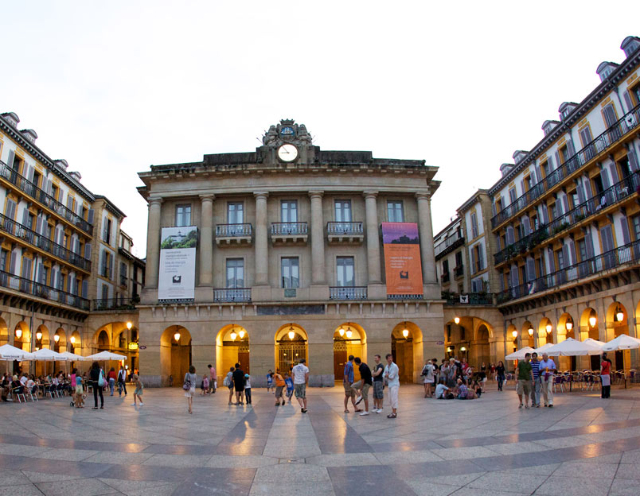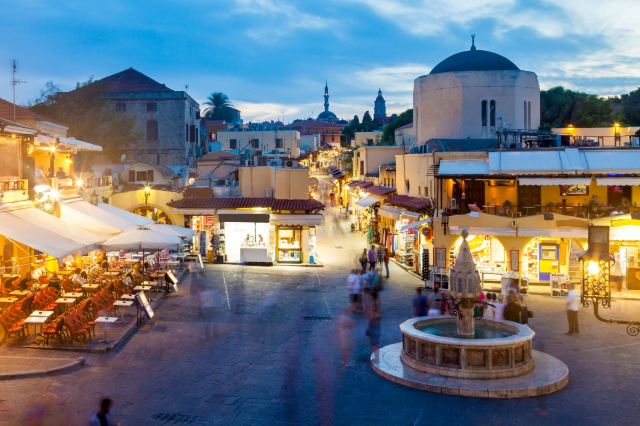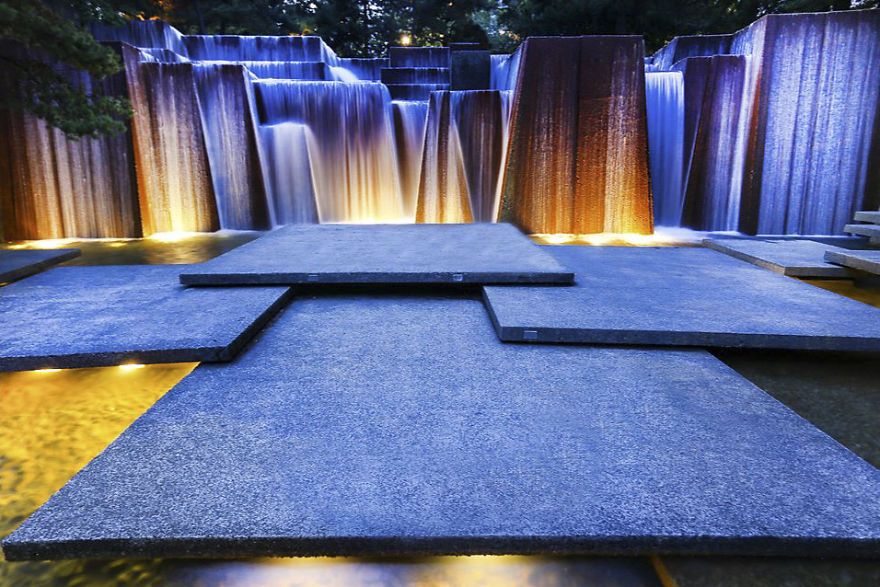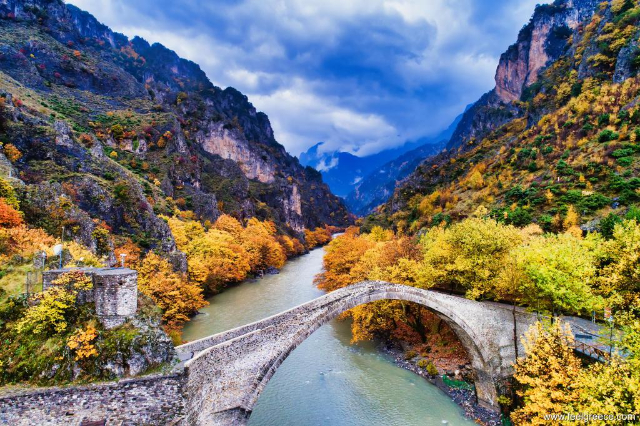The Bridge of San Lorenzo is the only one entirely preserved among the five ancient bridges of Roman Padua.
News of the discovery of the bridge dates back to the eighteenth century, but it was only with the excavations carried out in 1938, to restore the Palazzo del Bo’, that it was completely rediscovered and today, after two thousand years of destruction and flooding, you can still admire the solid and ancient remains.
Bridge of San Lorenzo
The structure, dating back to the decade 40-30 B.C., is built on two piers and articulated in three arches and still preserves the inscription with the names of the magistrates who followed its construction.
At one time the Naviglio Interno, known in ancient times as the Flumesello, passed under the Ponte di San Lorenzo.
The bridge owes its name to the church of San Lorenzo, which was suppressed in 1809 by Napoleon and to which the Tomb of Antenore was leaning. The bridge was also called Ponte S. Stefano because of an adjoining monastery, now the Tito Livio high school, or because of the University, which was built nearby.
Today, in place of the bridge and the Naviglio Interno, buried in the 1960s, there are the Tito Livio Riviera and the Riviera dei Ponti Romani, the latter named for the remains of five ancient Roman bridges, built with large chisel-squared stones from Costozza, of solid and elegant structure.
Currently the bridge can be reached through an underpass near the monument of Antenore, the mythical founder of Padua.
